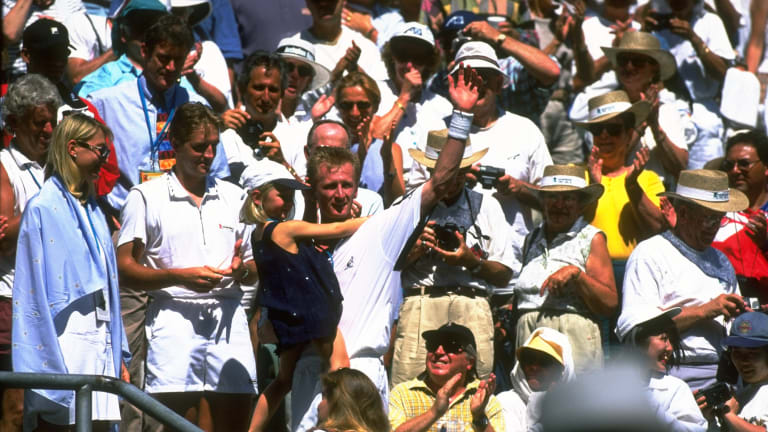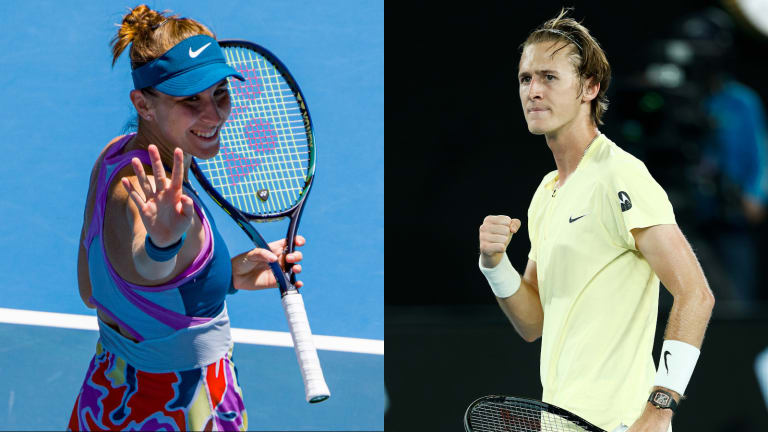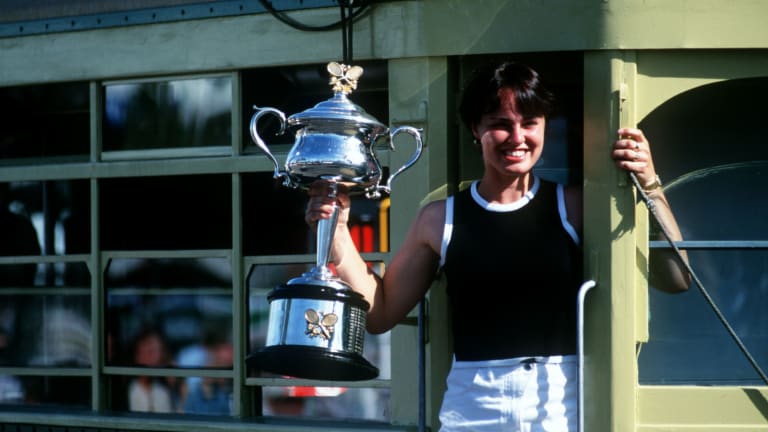Australian Open
Belinda Bencic and Sebastian Korda look to mentors’ Melbourne moments for inspiration
By Jan 22, 2023Australian Open
Roger Federer to headline “Battle of the World No.1s” at Australian Open’s inaugural Opening Ceremony
By Dec 11, 2025Australian Open
Australia at Last: Reflections on a first trip to the AO
By Jan 29, 2025Australian Open
Alexander Zverev must elevate his game when it most counts—and keep it there
By Jan 27, 2025Australian Open
Jannik Sinner draws Novak Djokovic comparisons from Alexander Zverev after Australian Open final
By Jan 26, 2025Australian Open
Alexander Zverev left to say "I'm just not good enough" as Jannik Sinner retains Australian Open title
By Jan 26, 2025Australian Open
Jannik Sinner is now 3-0 in Grand Slam finals after winning second Australian Open title
By Jan 26, 2025Australian Open
Taylor Townsend and Katerina Siniakova win second women's doubles major together at the Australian Open
By Jan 26, 2025Australian Open
Madison Keys wins her first Grand Slam title at Australian Open by caring a little bit less
By Jan 25, 2025Australian Open
Henry Patten, Harri Heliovaara shrug off contentious first set to win Australian Open doubles title
By Jan 25, 2025Belinda Bencic and Sebastian Korda look to mentors’ Melbourne moments for inspiration
Twenty-five years ago, Martina Hingis and Petr Korda took home the trophies Down Under; both have played pivotal roles in the development of these 2023 title hopefuls.
Published Jan 22, 2023
Advertising
Advertising

Two years before Sebastian Korda was born, his father and formative coach, Petr, won the 1998 Australian Open men’s singles title.
© Getty Images
Advertising

Twenty-five years ago, Hingis and Korda took home the trophies Down Under; both have played pivotal roles in the development of these 2023 title hopefuls.
Advertising

Belinda Bencic was less than a year old in ‘98 when one of her touchstone advisors, Martina Hingis, earned the second of three consecutive Australian Open triumphs.
© Getty Images